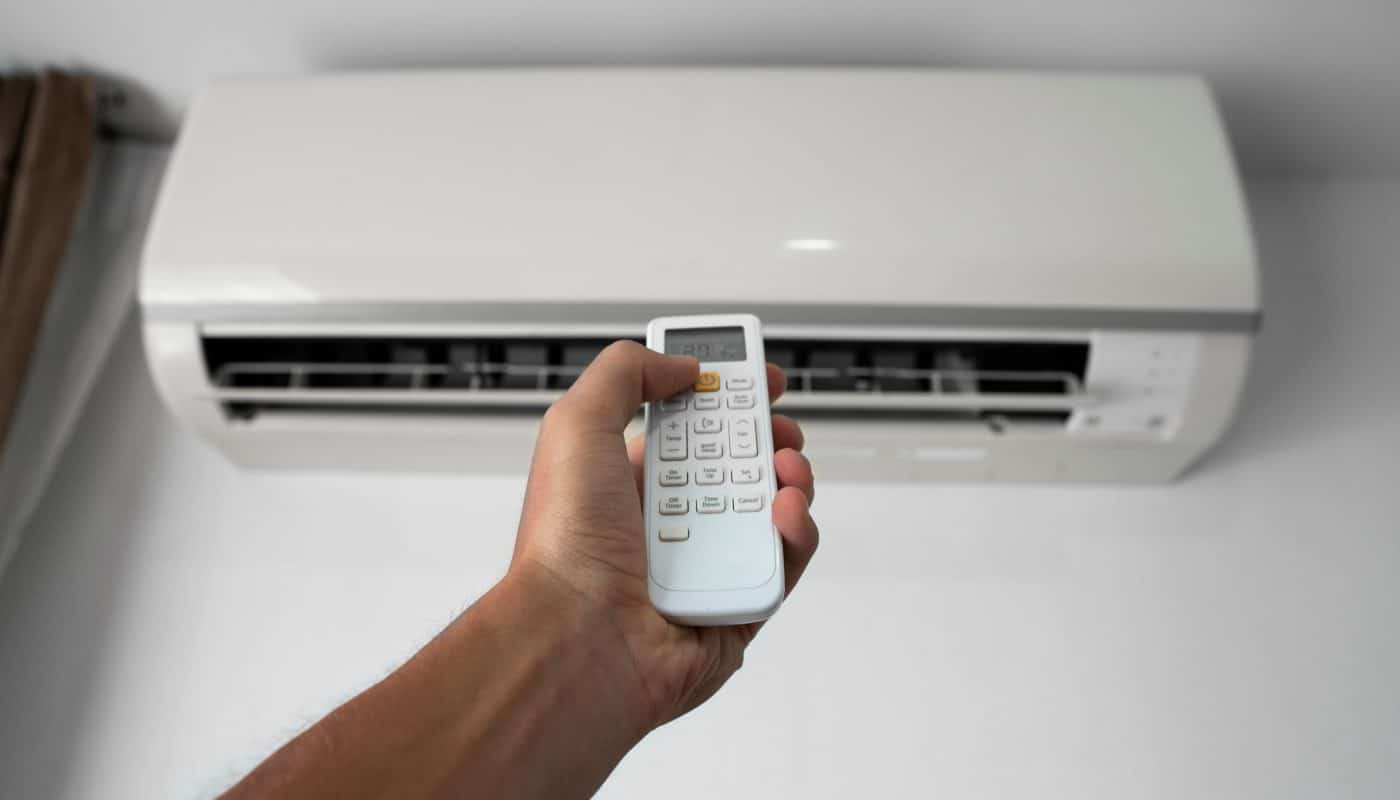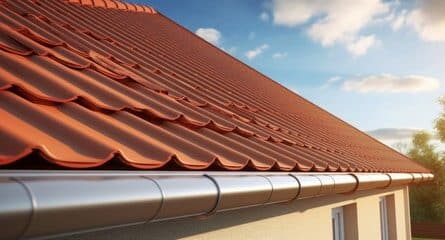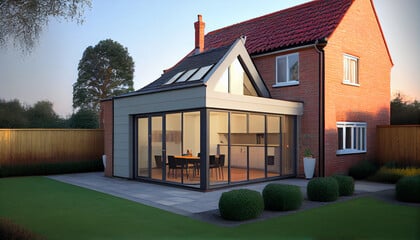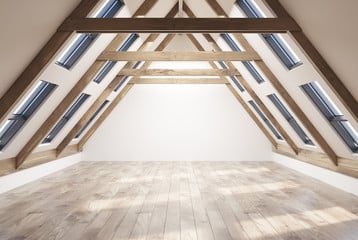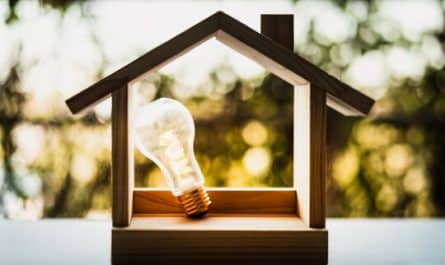Installing a heat pump is an ecological and economical solution for heating or cooling your home. Before embarking on this project, it is nevertheless important to understand the key steps necessary for this process. This article aims to support you in these different stages, ranging from choosing the appropriate model to the installation prerequisites.
Understanding how a heat pump works
To install a heat pump efficiently, it is essential to understand how it works. A heat pump is a device that captures calories present in the environment (air, water, ground) to transform them into thermal energy that can be used to heat or cool the interior of a building. There are different types of heat pumps depending on the energy source they use:
- Air/air heat pump: It uses the calories present in the outside air to heat or cool the indoor air. This type of heat pump is generally used for central heating and reversible air conditioning.
- Air/water heat pump: It captures the calories present in the air and transfers them to the home’s heating water circuit. This type of heat pump can be used for heating and the production of domestic hot water.
- Water/water heat pump: This heat pump draws energy from a water table or a watercourse to return it to the home’s water circuit. It is suitable for heating and the production of domestic hot water.
- Ground/ground heat pump: Finally, this model uses the calories stored in the ground to heat a house via heated floors. This is the most efficient type of heat pump, but also the most expensive to install.
Each type of heat pump has its specific advantages and constraints. The choice will therefore depend on your needs in terms of heating, air conditioning and domestic hot water production, as well as the particularities of your land.
Choosing the right heat pump model
The choice of heat pump model depends on many elements: size and insulation of your home, climate of the region, type of existing installation (radiators, heated floors, etc.) and available budget. To help you make the right choice, take into account the following criteria:
- Coefficient of performance (COP) : a high COP means that the heat pump is very efficient and will allow you significant energy savings.
- Heating power : it must be in line with your heating and/or air conditioning needs. Too low or too high a power will result in additional energy costs.
- Sound emission : check the noise level of the heat pump, especially if the units are located near living areas or neighbors.
Help from a professional to choose your heat pump
For an optimal choice of heat pump that will perfectly suit your situation, it is recommended to call on a qualified professional such as CPS Climatic in Beaujolais. He will be able to carry out a thermal study of your home and advise you on the most suitable model. In addition, this use of expertise will also facilitate the rest of your approach during installation work, since the latter can be restrictive without precise knowledge.
Prerequisites for installing a heat pump
Once the heat pump model has been chosen, you must prepare for the installation. Several elements are necessary to ensure the proper functioning of the device:
Sufficient space
Air-to-air and air-to-water heat pumps require outdoor space to install the outdoor unit, which captures calories from the surrounding air. Make sure you have a suitable location for this installation, avoid too confined spaces, be at a sufficient distance from neighbors and respect local regulations.
An adapted electricity network
Heat pumps require connection to the electricity network. The power required depends on the heat pump model, so it is important to check that your current electrical installation is capable of supporting this new load.
Compatibility with existing installation
For air/water, water/water and floor/floor models, integration of the heat pump into the existing heating system must be possible. Check if your radiators or underfloor heating are compatible with the temperature of the water circuit produced by the heat pump. If not, you will probably need to adapt or change these items.
Call a professional to install your heat pump
Installing a heat pump is a complex task that requires specific skills in thermal optimization, electrical connection and hydraulic systems. To guarantee the proper functioning of your heat pump and benefit from the comfort it provides, it is strongly recommended to call on a specialized professional.
Even though the initial investment may seem high, know that this approach will guarantee the proper functioning and durability of your installation. In addition, certain government financial assistance, such as the tax credit, is conditional on installation carried out by a certified professional.
Maintain and optimize the operation of your heat pump
To ensure the durability and energy efficiency of your heat pump, it is essential to carry out regular maintenance. This includes cleaning the indoor and outdoor units, checking the hydraulic and electrical circuits, as well as checking the refrigerant level.
Finally, to further optimize your thermal comfort and your energy savings, consider improving the insulation of your home, using an intelligent regulation system and adopting good practices in terms of daily energy savings.

